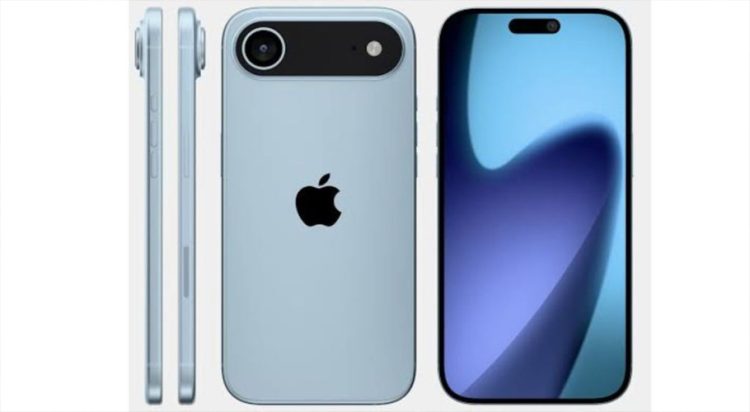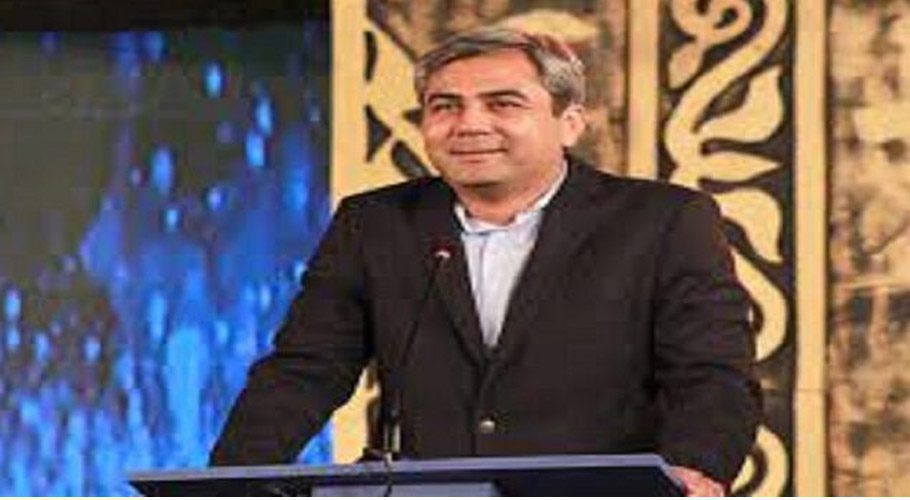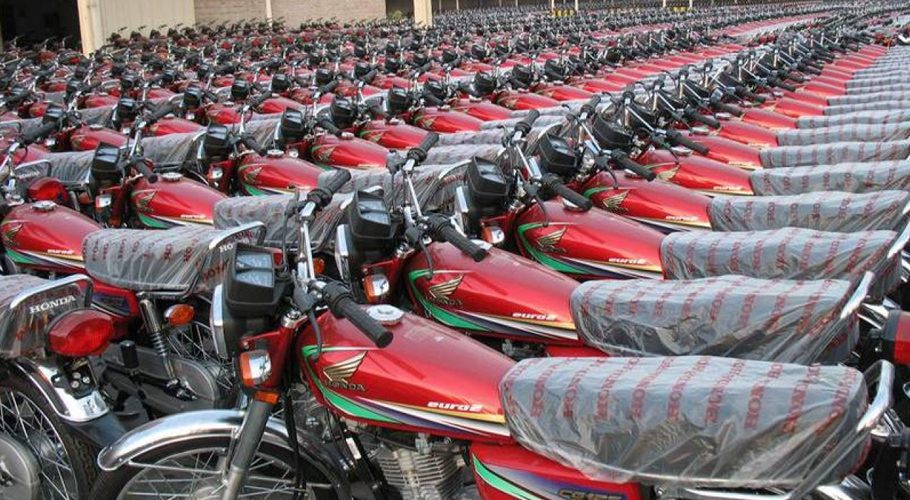While the Galaxy S25 Edge is already making waves in the market, all eyes are now on Apple’s potential answer: the iPhone 17 Air.
This model is being touted as the thinnest iPhone ever—just 5.5mm thick—and its titanium frame-based design is causing both excitement and concern among fans.
It’s truly stunning in terms of design. According to leaks, it will feature a horizontal, bridge-shaped camera bar reminiscent of the Google Pixel, as well as a new “Camera Control” button.
Apple is likely moving to eSIM only and is likely to move the USB-C port to the bottom of the frame. While the phone’s build is impressive, the 4mm camera bump makes it a bit bulky on top. It’s expected to house just a single 48MP lens—great for portraits, but a disappointment for ultra-wide enthusiasts.
What’s most exciting is the expected 6.6-inch ProMotion OLED display. With the A19 chip and possibly 12GB of RAM, the iPhone 17 Air could potentially outperform even the Pro models. The screen with a variable refresh rate will deliver incredibly smooth visuals and also save power.
The iPhone 17 Air is shaping up to be Apple’s slimmest and most futuristic iPhone yet, boasting a sleek 5.5mm titanium design, a powerful new A19 chip, and a 6.6-inch ProMotion OLED display—yet concerns over its modest 2,800 mAh battery raise questions about day-long usability for heavy users.

A major step forward is also expected in connectivity, as Apple’s custom C1 modem and Wi-Fi 7 chip could be introduced in this model—which would eliminate the reliance on Broadcom and improve performance. The phone will run on iOS 26, which will include the new Liquid Glass UI, Live Translation, and advanced CarPlay features.
But the problem is battery life. The mere 2800 mAh battery might not last a full day for most users. While the silicon-anode technology claims a 20% improvement in battery performance, it might not be enough for power users.
In short, the iPhone 17 Air could be a stunning achievement in terms of design and performance—but that achievement may come at the cost of battery life.





































